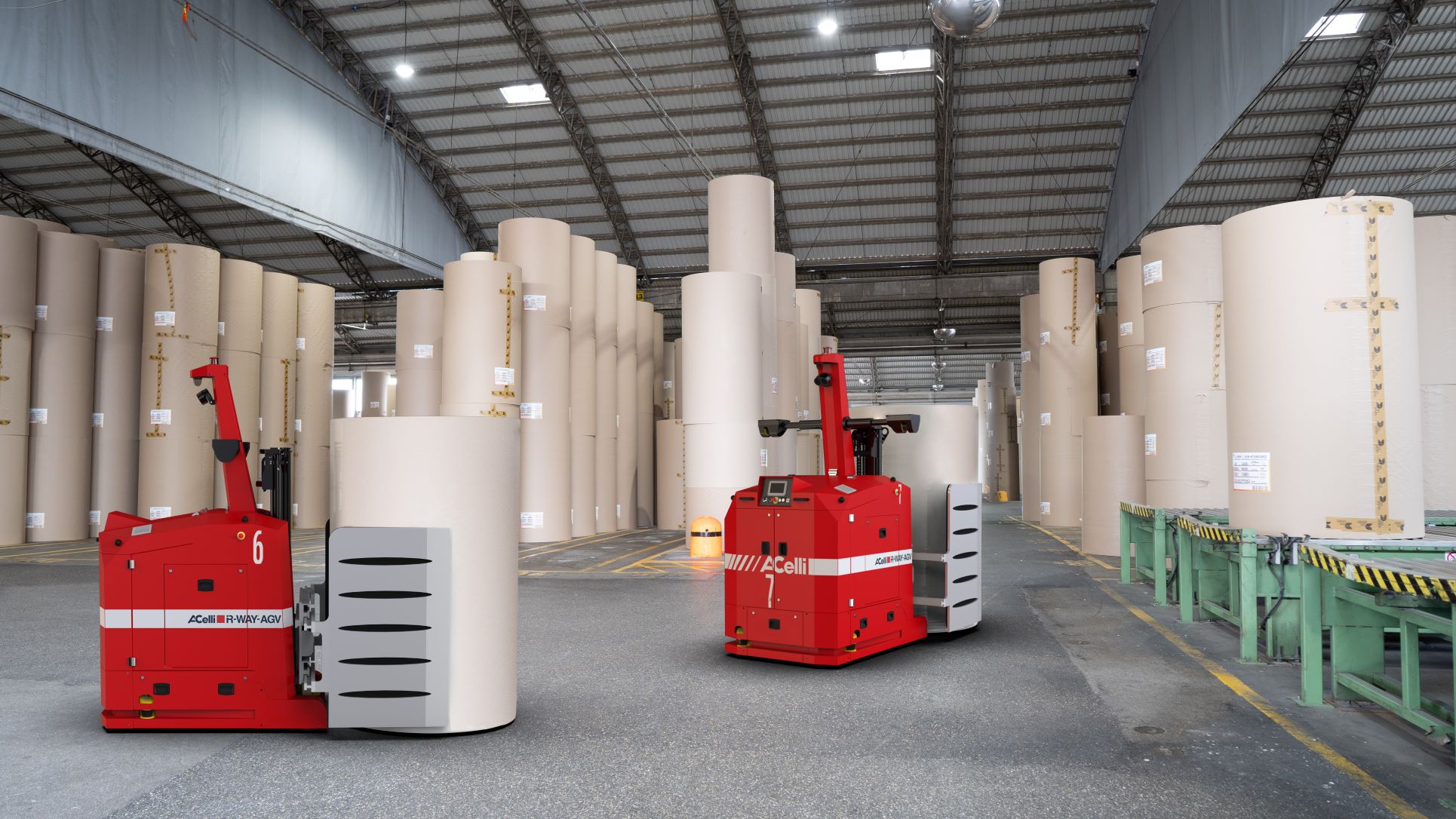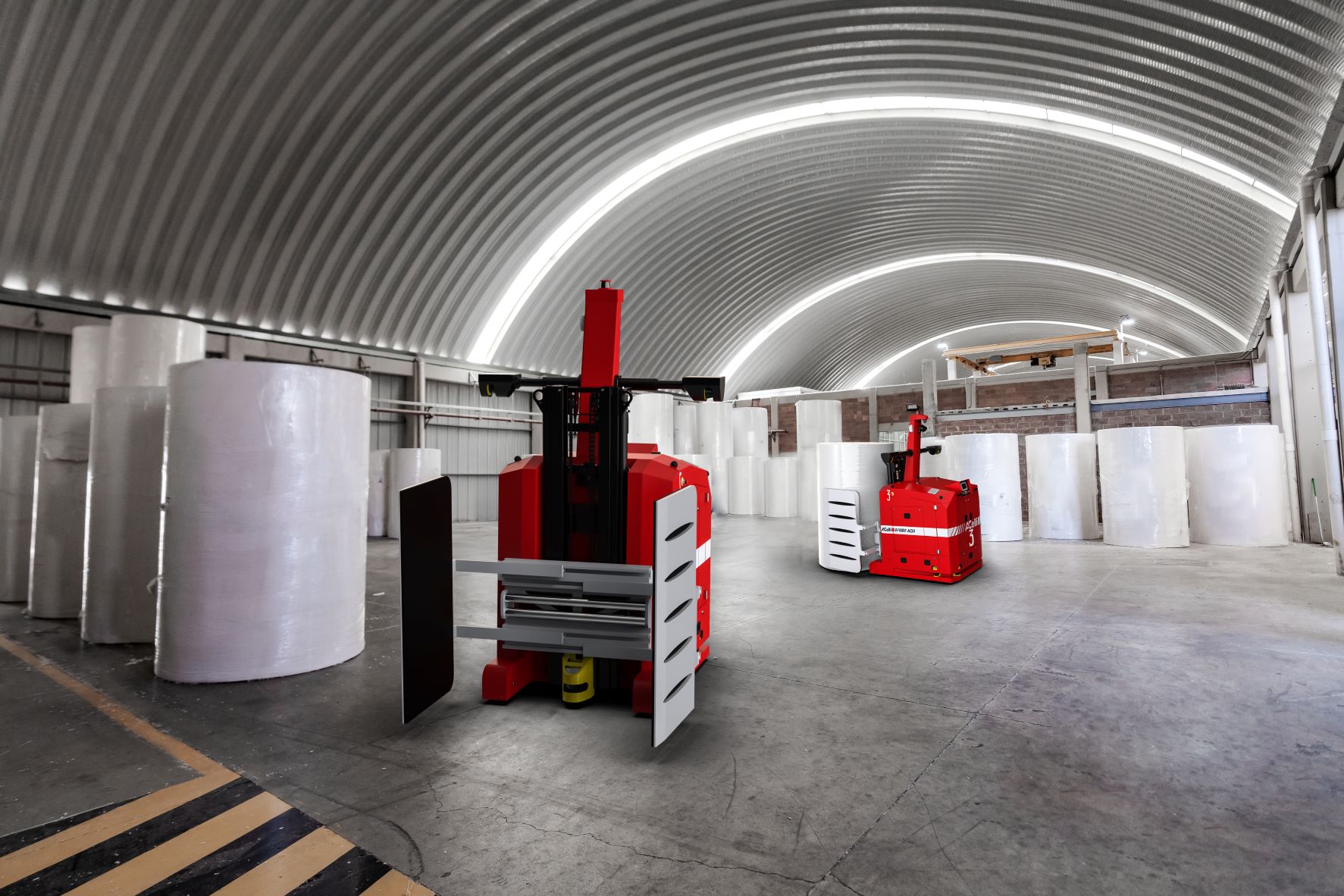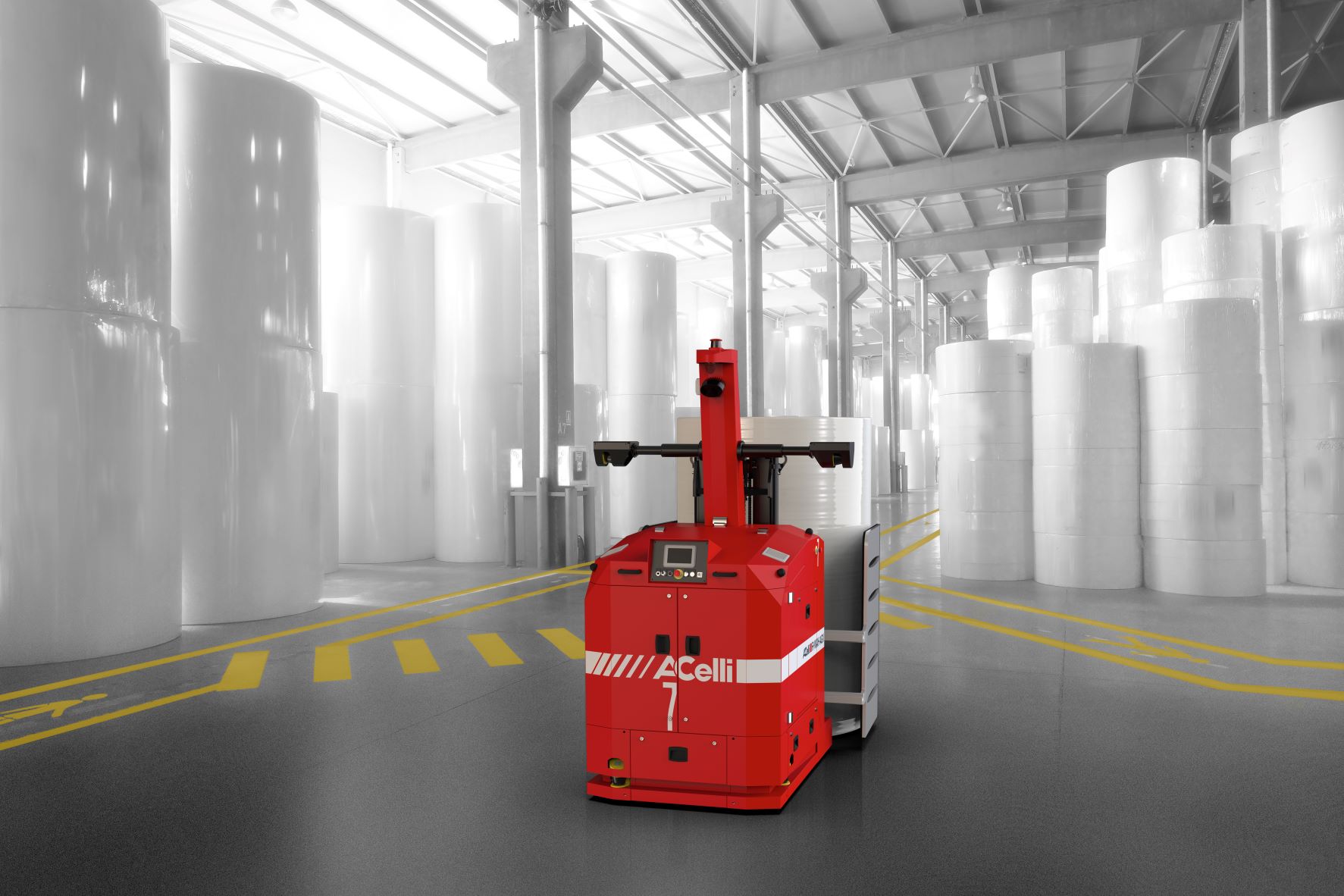
The Company
Topics
Contacts

integrated solutions

Automation 4.0 has arrived in warehouses, and it was definitely needed. Perhaps still considered as static places where goods simply remain parked, today warehouses have become and are increasingly becoming dynamic and smart environments, where there is a place for robotics (especially for AGVs - Automatic Guided Vehicles), computer science and sensors. It did not happen out of whim, because in the last few years a significant increase in complexity has affected the activities of warehouse and logistics.
Regardless of the type of goods sold, warehouses today contain many more products and much more data than in the past. In order to satisfy more and more demanding customers, who are informed and expect a greater customization, the offers have expanded and deepened.
Furthermore, with the introduction of traceability and monitoring systems, sensors and Internet of Things connectivity in many factories and supply chains, a veritable explosion of data has occurred. Data are indeed a resource but also a complicated material to manage. Moreover, in order to pursue the levels of service provided by Amazon and other e-commerce giants, even the most traditional companies find themselves under pressure, having to increasingly reduce delivery time.
Read more: Warehouse logistics: IoT sensors and new handling systems
How can we deal with such an important and probably irreversible change? Automation is a powerful tool for reducing complexity – and costs! – and is also a forward-looking investment that pays for itself quickly. There are two types of automation: "material", related to the storage and handling of goods; and "immaterial", made with management and control software solutions. It sounds complicated, but the tools to support the technological transformation of the warehouse are certainly not lacking.
Automated racking and AGVs, Automated Guided Vehicles, overturn the old model of a static warehouse and bring new efficiency in the storage, handling, picking, loading and unloading of goods (palletized, in boxes or in bulk). All these procedures are suitable for being automated, with excellent results.
A dynamic and automatic storage and handling system, for example, allows the entire height of the warehouse to be exploited (transforming it into a "vertical warehouse"): up to 90% more space can be saved, at the same square footage, compared to a traditional layout. And, in addition to space optimization, greater speed is obtained (no time is wasted searching for an article or lot), precision (zero human error) and safety (no difficult handling, loading and unloading operations are attempted).
We can define the automated warehouse as an automated plant for the storage of goods, consisting of four main elements:
Both the handling of materials and products and the loading and unloading operations are suitable to be automated, leading to great savings in time and great gains in efficiency and precision.
Read more: 3 tools for the automation of material handling systems

Automated Guided Vehicles play a leading role in the field of warehouses 4.0. They move, load, unload, collect material and much more, carrying out these tasks with a strength and precision that human beings could not guarantee, and they do all this without having to be guided or controlled by a person and, if desired, without interruption at night.
They are, no doubt, excellent allies in the field of warehouse management and logistics. This army of "specialized warehouse workers" is very heterogeneous, even though we could define AGVs in a generic way as moving robots, whose task is to move, store, pick up and load goods both inside the warehouse and in the loading / unloading areas.
The term "automated guided vehicles" encompasses not just one technology but a whole world of hardware and software solutions. And it also contains a story, which from the fifties to the present has led warehouses to turn into something different from a simple container of goods. The idea behind AGVs is not new: it was 1953 when the entrepreneur Arthur Mac Barrett designed the first example of an automated guided vehicle in history, made by modifying a tractor so that it could follow a cable crossed by an electrical signal. His company brought to market an improved version of that invention a year later, calling it Guide-o-Matic.
After the evolutions of the fifties and sixties, in 1973 Volvo developed a vehicle controlled by 280 computers! Today such equipment is no longer necessary. Instead, a single computer equipped with a control and management software is sufficient to control an AGV or an AGV fleet. Over the years, the family of autonomously guided robots, born as a substitute for horizontal conveyors, has considerably expanded and diversified in appearance, technology and possible uses.
There are virtually no limits to uses, just as there is no rigid classification but rather variants that, crossing each other, determine the identikit of each solution.
In all these cases, today’s automated guided vehicles are much more than shuttles without a driver. They are flexible and versatile solutions, which not only make the warehouse and logistics activities faster but also create new opportunities.
Read more: Definition and most useful types of AGVs in the warehouse

There are tasks that machines can perform faster, more forcefully, more precisely, longer and more efficiently than humans. And while the machine works autonomously, the warehouse personnel can devote to higher value-added activities, such as quality control.
In a nutshell, this is the mission of AGVs, the diverse set of automatic guided vehicles. Depending on their characteristics, these systems can handle raw materials, semi-finished and finished products, being able to withstand heavy loads, even of several tons. Some are designed to transport pallets, move full or empty trolleys, cellulose bales, reels of fabric or paper and more, performing the operations required by the control software. Automation can be applied to both handling, i.e. storage, internal handling and picking, and logistics management.
Read more: What are the benefits of warehouse automation?
The adoption of AGVs requires an initial investment and a change of mentality and warehouse management processes, but on the other hand it produces vital benefits, such as:
In the field of reel management, automatic guided vehicles and automatic storage logics, A.Celli R-WAY® Integrated Solutions are an excellent example of innovation and the result of a consolidated experience at the same time, a technology that looks to the future but relying firmly on business we could define as historic.
How does this flexible and fast goods management system works? The A.Celli brand technology specialised in fully integrated end-of-line management systems (Slittopack - Roll Handling) has been enriched thanks to automatic movement logics.
From here, interfacing everything with the dynamics of integration and storage was natural. In fact, equipping the machines with data collection systems, with vision systems, RFID tag readers that interact with ERP management systems and a specially developed digital suite, the result was an intelligent system operating autonomously, that can work non-stop, day and night, and that communicates with data analysis and tracking software through the cloud.
This can be described as a perfect example of Industry 4.0, a model in which everything is interconnected and as automated and digitised as possible.
Digitisation, integration and traceability: these are the key concepts on which a highly specialised and innovative vision has been developed, not just focused on the warehouse logic but that extends to managing the data and the logic of the entire production line, upstream and downstream.
A.Celli R-WAY Integrated Solutions is an ad hoc solution for the tissue, paper and non-woven industry, and more. A system created to accompany the reel when moving forward, coding a special passport of data and features, moving from the wrapping and palletising phases, to then be transported to the destination and positioned precisely following the ideal layout of an automatic vehicle and moving much further up to interfacing with the other line machinery for the optimisation and quality of the product intended for converting and for the following process phases of the production chain.
Read more: How to best organize paper reel handling and storing
In addition to connectivity, continuous operating and precision, easy installation and maintenance are its features. Because it is a system oriented to uninterrupted production, one of the most obvious advantages of its use is precisely the increase in productivity, but A.Celli R-WAY® Integrated Solutions also guarantees safe operations and a perfectly hygienic processing of the handled items. And for the industry dedicated to personal hygiene, even more than for other sectors, this is a crucial need to safeguard the quality and avoid any material waste.